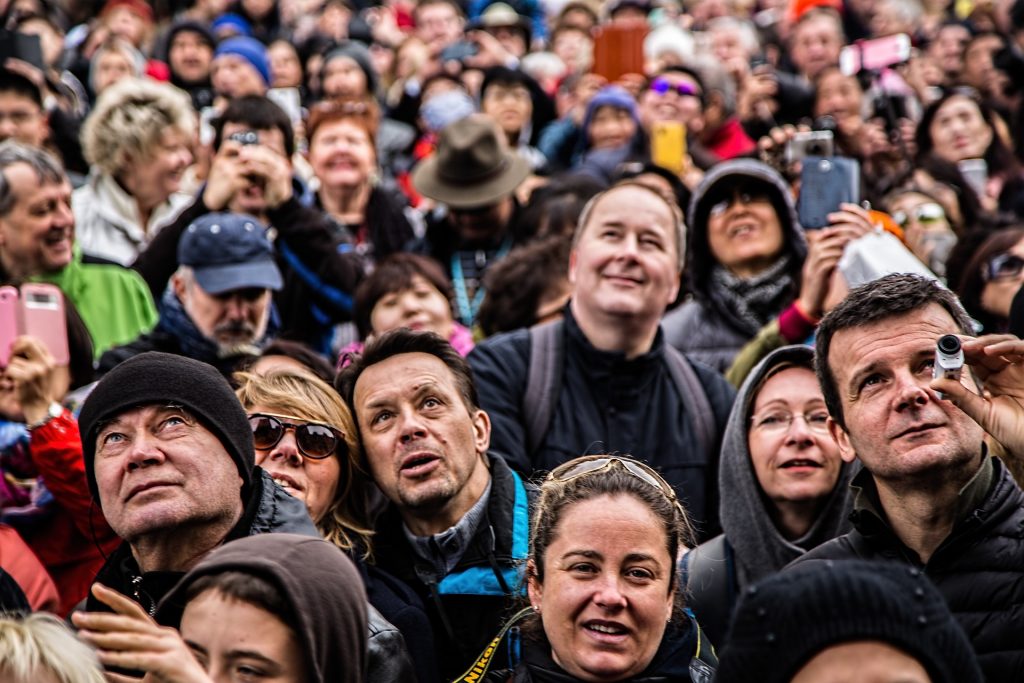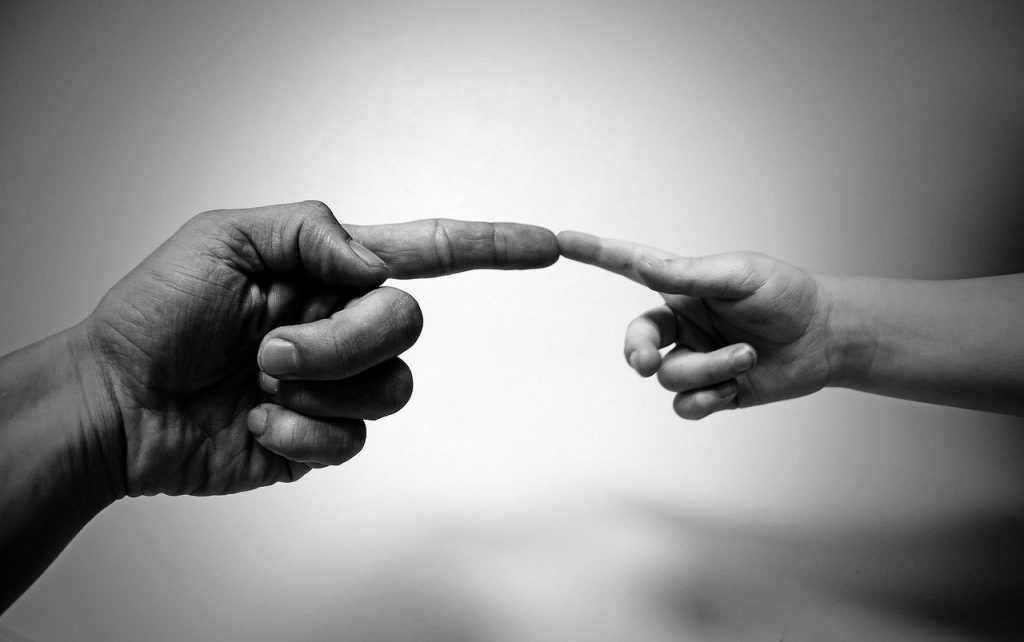We can learn a lot from the natural rhythm, pace, and un-fussiness of how the breath continues its work, without making a fuss out of it.
Breathing is something we do a thousand times a day without even thinking, however what if we did think about every breath we took? This involves learning a basic mindfulness meditation, such as following the breath, and practicing it on a regular, preferably daily, schedule.
“My breath is boring—just the same thing over and over again! Surely there must be something more interesting to watch?” This kind of comment comes up quite often when people start mindfulness training.
It’s good to be curious about why we practice mindfulness of breathing, but just because we experience some discomfort during the practice doesn’t mean it’s not helpful. In fact, perhaps it’s helpful partly because the breath shows us our discomfort and the patterns of relationship that perpetuate it. Rather than immediately looking for a more exciting mindfulness practice, let us consider the possible benefits of staying with the breath. Here are a few to consider:

1. The breath does not try to get anywhere
In and out. In and out. The breath isn’t focused on improving style, becoming more efficient, or rushing to reach the end of some daily respiration quota in order to take a break. Of course, there is something very vital happening when we breathe—without it we die—but trying to speed it up, force it, grasp it, push it away or control it tends to get in the way. As in breathing, so in life—we can learn a lot from the natural rhythm, pace, and un-fussiness of the way breath continues its work, without making a big deal out of it.

2. The Breath Teaches Us Resilience
Much of the time our minds wander, either drawn to focus, ruminate, or push away unpleasant experiences, or chasing after stuff we like. But if we don’t practice being still, we are prone to get blown about by every wind, buffeted by the ups and downs of life. By training to pay attention precisely and gently to the breath, coming back again and again, we cultivate a resilience that allows us to be present when difficulty and temptation arises.

3. The Breath Happens In The Body
For those of us used to experiencing everything from our heads, the breath invites us to a lower centre of gravity. We let go of thinking for a time and come down to the belly. We feel the texture of the breath, its rising and falling, and the physical sensations of movement that accompany it. This helps synchronise body and mind, bringing us more into a mode of present-moment sensing. When we feel the breath, we feel the essence of being alive.
The stillness and space of mindfulness of breathing allows us to move into recovery mode, as we take some time out from the frenetic pace of activity or worry that many of us live with.

4. The Breath Is Not Really That Boring
Are you paying attention to the breath, or just your idea of how it is, should or shouldn’t be? Is this breath really the same as the last one, or subtly different, in duration, texture, and intensity? When you open to the actual sensations of breathing, is it really so tedious? Isn’t it rather remarkable and wonderful that we are kept alive in each moment through this mysterious process of inhalation and exhalation, of oxygenation and blood pumping, of the air reaching all the cells of the body? Isn’t it amazing that there is air to breathe, a body to take it in, and a mind to watch it? Each moment we’re interested in the process of breathing, we are training ourselves in curiosity.

5. You Don’t Breathe. The Breath Breathes
You are not in charge of your breathing, or at least, not so much. Yes, you could hold your breath (for a while) and you could choose to breathe deliberately fast and shallow for a time, but fairly soon any attempt to force the breath will produce counter-measures from within. At the same time, with practice, it’s possible to learn to align with the breath, gently moving with it, while allowing space for it to come into its own natural depth, pace, and flow.

6. The Breath Invites Us To Rest & Recuperate
When early humans faced a predator attack, the breath would quicken and the muscles would tense in preparation for fight or flight. If they survived the attack, there would follow a period of rest and recuperation, as the breath slowed down and the body returned to balance. The same reactions occur in us today, except many threats we face are chronic and ongoing (stressful jobs, pandemics, long-term illness, etc) and our bodies may not get much chance to come back to balance. The stillness and space of mindfulness of breathing allows us to move into recovery mode, as we take some time out from the frenetic pace of activity or worry that many of us live with. Regular attention to the breath could save us from overheating and breakdown.
The most basic way to do mindful breathing is simply to focus your attention on your breath, the inhale and exhale. You can do this while standing, but ideally, you’ll be sitting or even lying in a comfortable position. Try this exercise daily.
Reference
website: https://www.mindful.org/6-reasons-why-mindfulness-begins-with-the-breath/

